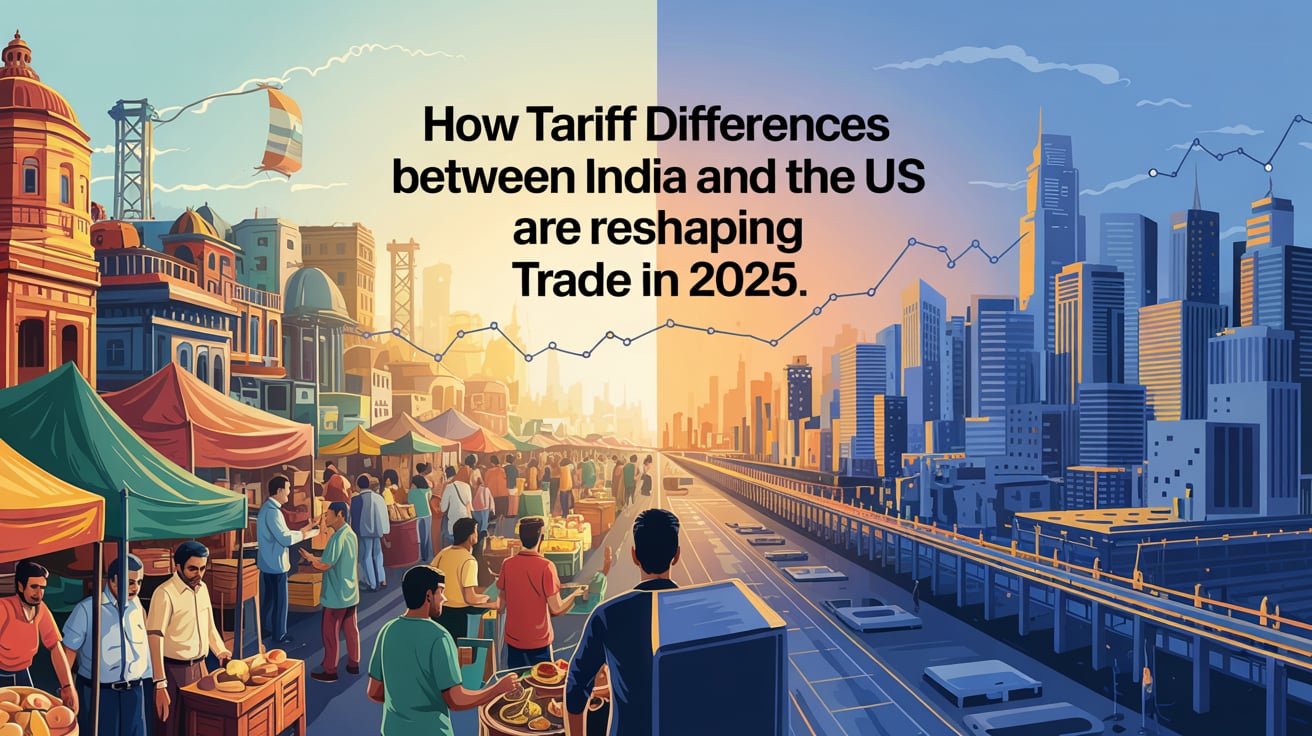Stock market scams have repeatedly rocked India’s financial landscape, eroding investor trust and exposing systemic vulnerabilities. From Ponzi schemes to insider trading, these scandals highlight the dark side of market manipulation. In this deep dive, we unravel India’s 7 biggest stock market scams, their staggering financial impacts, and the lessons they left behind.

1. The Harshad Mehta Scam (1992): The Original “Big Bull” Debacle
Amount Involved: ₹5,000 Crore
Dubbed the “Big Bull,” Harshad Mehta exploited loopholes in the banking system to manipulate stock prices in the early 1990s. Using ready forward deals, Mehta siphoned funds from banks to inflate shares of companies like ACC and Sterlite. The scam exposed regulatory gaps, leading to the establishment of the Securities and Exchange Board of India (SEBI) as a statutory body.
Key Takeaway: This scam underscored the need for real-time monitoring of banking and stock market transactions. Learn more about SEBI’s evolution here.
2. The Ketan Parekh Scam (2001): The Dot-Com Bubble Burst
Amount Involved: ₹1,250 Crore
Ketan Parekh targeted mid-cap stocks like HFCL and Zee Telefilms during the dot-com boom. By colluding with brokers and banks, he artificially pumped stock prices before offloading them to retail investors. The crash wiped out ₹50,000 crore in market value and led to stricter margin trading norms.
Lesson Learned: Always verify stock tips, especially during market frenzies.
3. The Satyam Scam (2009): India’s “Enron Moment”
Amount Involved: ₹14,000 Crore
Satyam Computers’ chairman Ramalinga Raju admitted to falsifying accounts by $1.5 billion, shocking investors and regulators alike. The fraud included fake invoices and inflated revenue figures. The scandal prompted reforms like the Companies Act, 2013, and stricter auditing standards.
4. The Sahara India Scam (2010–2015): A Ponzi Scheme Disguised as Investment
Amount Involved: ₹24,000 Crore
Sahara Group’s “Optionally Fully Convertible Debentures” lured 30 million investors with unrealistic returns. SEBI ordered Sahara to refund ₹24,000 crore, but the legal battle dragged on for years. This case highlighted the risks of unregulated investment products.
Read SEBI’s verdict here.
5. The PACL Ponzi Scheme (2015): The Real Estate Mirage
Amount Involved: ₹49,000 Crore
Pearls Agrotech Corporation Limited (PACL) promised astronomical returns on “agricultural land investments” that never materialized. The scam affected 58 million investors and led to SEBI’s largest-ever refund order.
Power Words: Shockingly, PACL’s operations spanned three decades before collapsing.
6. The NSEL Scam (2013): A Failed Commodity Exchange
Amount Involved: ₹5,600 Crore
The National Spot Exchange Limited (NSEL) defaulted on payments after allowing illegal “paired contracts,” leaving 13,000 investors stranded. The scam exposed flaws in India’s commodity trading regulations.
Keyword Usage: Stock market scams like NSEL reveal the importance of due diligence.
7. The PMC Bank Scam (2019): Collusion and Hidden Losses
Amount Involved: ₹6,500 Crore
Punjab & Maharashtra Cooperative Bank hid massive loans to bankrupt HDIL Group, triggering a liquidity crisis. The RBI dissolved PMC’s board, but thousands of depositors lost access to their savings.
Explore RBI’s guidelines here.
How Stock Market Scams Impact India’s Economy
Stock market scams don’t just harm investors—they destabilize economic growth and deter foreign investments. For instance, the Satyam scam temporarily eroded global confidence in India’s IT sector.
5 Ways to Protect Yourself from Financial Fraud
- Verify SEBI Registration: Always check if investment schemes are SEBI-approved.
- Avoid “Guaranteed Returns”: Legitimate markets don’t promise fixed profits.
- Diversify Investments: Don’t pour money into a single asset.
- Follow Reputable Sources: Trust financial news from platforms like Moneycontrol.
- Report Suspicious Activity: Alert SEBI via their SCORES portal.
Conclusion: Vigilance Is the Best Defense
India’s biggest stock market scams teach us that greed and lax oversight create fertile ground for fraud. While regulators like SEBI have tightened norms, individual vigilance remains critical. By staying informed and skeptical, investors can shield themselves from becoming the next victim.
CTA: Found this article insightful? Share it to spread awareness, or explore our guide on safe investing.





